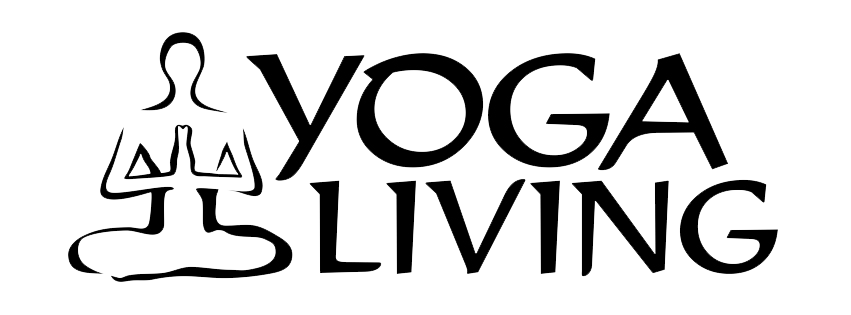Yoga is sweeping the nation. More books on yoga are hitting the shelves, more news broadcasts are doing segments on yoga and its many benefits, and more celebrities and athletes are accrediting yoga for their abilities. You’ve heard about yoga from Oprah Winfrey, and you’ve watched episodes about yoga on Rosie O’Donnell and Good Morning America. Just last week, I watched the Today Show as Hoda Kotb was getting fitness advice from a model and doing boat pose in her dress. Outside of yoga studios, yoga classes are being offered in country clubs, health clubs, and even in corporate offices. In 2014, approximately 2.5 billion dollars was spent on yoga instruction and an estimated six billion dollars was spent on yoga products.
According to a Roper Poll, six million Americans were doing yoga in 1994, and a more recent estimate places the current number at 12 million. Los Angeles Times estimates there are more than 70 yoga studios in Southern California alone, with some of the bigger ones pulling in as much as $30,000 a week. The popular Jivamukti Yoga Center in Manhattan offers over 108 classes a week, with an average of 60 students packed into every class.
The Kripalu Center for Yoga and Health in Lenox, Massachusetts draws close to 20,000 guests a year, for an annual gross of about $10 million. A search on Amazon.com pulls up more than 1,350 yoga book titles. Other than Dr. Oz, more doctors are recommending yoga and some insurance companies are actually paying for it. Fortune 500 companies offer yoga to its employees over their lunch hour, and I have recently taught some of these lunchtime yoga classes. Psychotherapists recommend it to reduce stress, and more counselors are referring school-age children with ADD and ADHD to yoga teachers and studios. Yoga and meditation are being taught in AIDS centers, hospice locations, corporate boardrooms, women’s shelters, inner city churches, just to name a few. Yoga is currently being researched at several universities including Harvard. In the Harvard Health Publications, Dr. Marlynn Wei wrote, “Mind-body practices like yoga and meditation have been shown to reduce your body’s stress response by strengthening your relaxation response and lowering stress hormones like cortisol. Yoga has been shown to have many health benefits, including improving heart health and helping relieve depression and anxiety.”
Stephen Cope, author of Yoga and the Quest for the True Self and scholar-in-residence at the Kripalu Center for Yoga and Health says, “People who come here don’t only want to get into their bodies—they want to get into their bodies so they can get connected with the meaning and purpose of their lives. They want their whole lives to be transformed in some way. On opening nights of programs, you have people saying things like ‘I want to find my true voice. I want to find the self I’ve lost touch with.’”
We are a culture that’s obsessed with our bodies, but sadly, out of touch with them. Yoga taps into our lust for physical perfection, and at the same time, gives us a feeling of balance and peace. Other than the physical workout, yoga aims to calm your mind and open your heart. Seasoned yogis will tell you that yoga is much less about the poses and much more about one’s awareness of self, self-acceptance, and self-love. Yoga teaches presence in and gratitude for the world we live in, but without an attachment to it.
For most beginner yogis, yoga just makes them feel good, and they like to feel good. And if it makes them feel better about their bodies and their looks, then they are all for that as well. Many new yoga goers are searching for relief from physical pain and tension, an inner calm and relaxation, and/or the ability to be more present in their relationships and more focused in their work. I can truthfully say that yoga delivers.
For thousands of years, yoga has asked that we get quiet enough to look deeply at exactly what is within us and around us. While cultures have changed almost beyond recognition, the human heart has not. The ultimate challenge of yoga remains to come into direct contact with our own unruly and ever-changing minds, and our fragile and impermanent bodies.
As both a yoga student and teacher, yoga has not only helped me become more flexible and physically stronger, but it has also helped me become more calm, aware, and mindful. At some point during my yoga journey, I became more accepting, accepting of myself and accepting of life in general. Yoga has been extraordinarily helpful in bringing mindfulness and presence to my daily life, giving me the ability to feel and release, letting go and shifting perspective. I’ve developed a friendship with myself, not just on my mat, but off my mat. I’ve become more connected, less attached, more peaceful, and much happier. I have found strength in something so simple as my breath. I have gained clarity and more control over my thoughts. I feel that yoga has made me a better person, and continues to challenge me to look within.
For further reading from Harvard, visit the following link where you will find several articles on yoga. http://harvardguidetoyoga.com/our-articles/. You will also find many articles on yoga at http://www.yogajournal.com.
